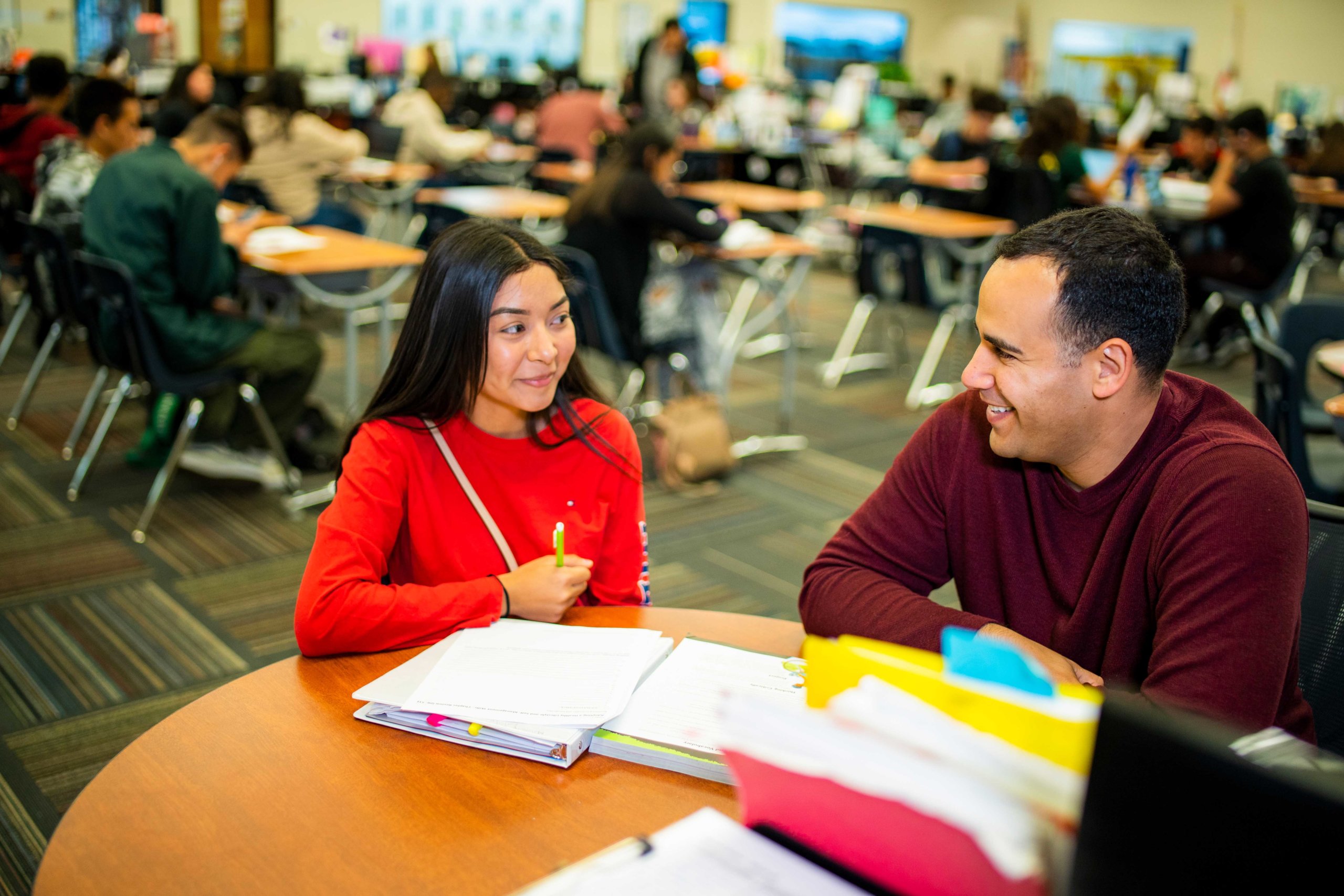
This October’s Dropout Prevention Month is more crucial than ever after hundreds of thousands of students have opted not to return to the classroom. Many are being homeschooled or attending online classes, but there is still a large number who are simply not attending school at all. And those who have returned to the classroom may be struggling to adjust after a school year of dramatic disruptions and learning loss. Educators must work harder than ever to engage and reengage students.
A qualitative internal study conducted by Learn4Life, a network of nonprofit public high schools, revealed that a strong teacher-student relationship is key to student success, especially when supported by an educational model that includes small student caseloads for teachers, a personalized instructional approach, flexible scheduling and ample supportive services. This is a win-win for the teacher and student as it gives way to the much-needed human element to support the academic environment, such as:
- Individualized instruction – personalizing education to the individual requires understanding the student’s challenges, talents and goals which provides an opportunity to build a personal relationship. Teachers can give all students what they need by dedicating time to one-on-one and small group instruction at the high school level.
- Flexible communication and scheduling – The ability to connect with teachers at convenient times and through several modalities (in person, by text, online) makes students feel comfortable reaching out when they need help.
- Ample resources – The availability of resources, such as counselors, tutors, curriculum materials, food, and childcare, makes it possible for students and teachers to focus on their relationships and academic goals.
- Frequent communication – Educators should communicate with students frequently and persistently to track their progress toward goals, celebrating their successes and adjusting without judgment when necessary.
Learn4Life Area Superintendent Shellie Hanes believes that students need strong relationships with their teachers more than ever after 18 months of remote learning. “It’s hard to imagine how a high school teacher with as many as 180 students can even know all their names, much less develop a relationship with each of them,” she said. “Too many kids are missing a sense of belonging at home and again at school. Teachers can have a tremendous positive impact on students by spending a little extra time to get to know them and be that one adult who truly cares about them.”
Learn4Life offers one-on-one, personalized learning that fosters strong student-teacher relationships through small teacher caseloads, individualized instruction, flexible communication and scheduling, and ample resources. Thanks to a flexible school schedule, Learn4Life teachers have smaller caseloads which makes it easy to communicate with students frequently and persistently to track their progress. Each teacher has a manageable caseload of 35 students, so they can develop relationships and understand what motivates each student.
“We know which students are not turning in assignments and we call and text them. In some cases, we go to their home to find out how we can support them,” Hanes said. “This is especially important with at-risk students who are often low income, a minority, housing insecure or being teen parents. By the time they come to our school, many are behind in credits with 5th grade reading and math skills. Typically, within a year we have helped them catch up, so they graduate with us or return to their previous school to graduate with their cohort.”
Hanes points out that Learn4Life’s strong teacher-student relationships not only result in an 87 percent success rate for students, their number of suspensions and discipline incidents is significantly lower than traditional high schools. “Students are progressing at their own pace, so they are not sitting in a classroom and either bored or completely lost,” she said. “Our curriculum includes coping skills and learning how to handle life’s ups and downs, which helps them in their lives beyond high school.”
